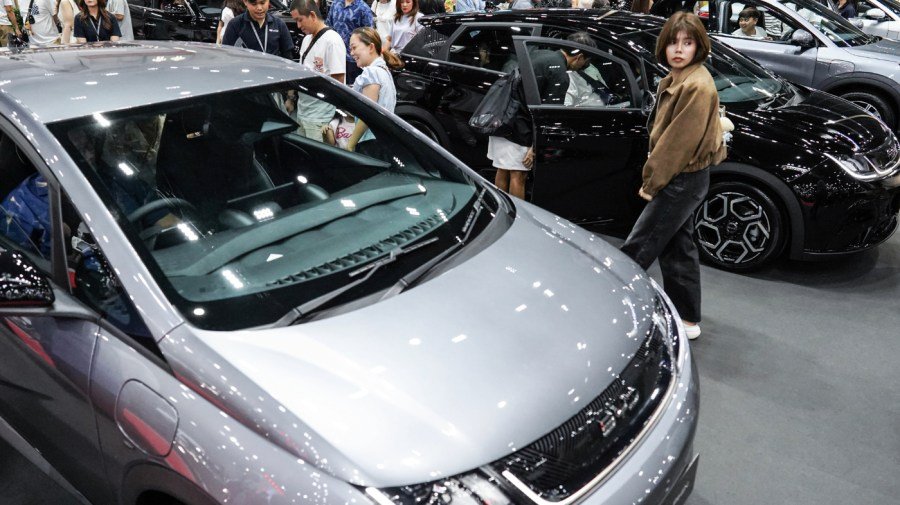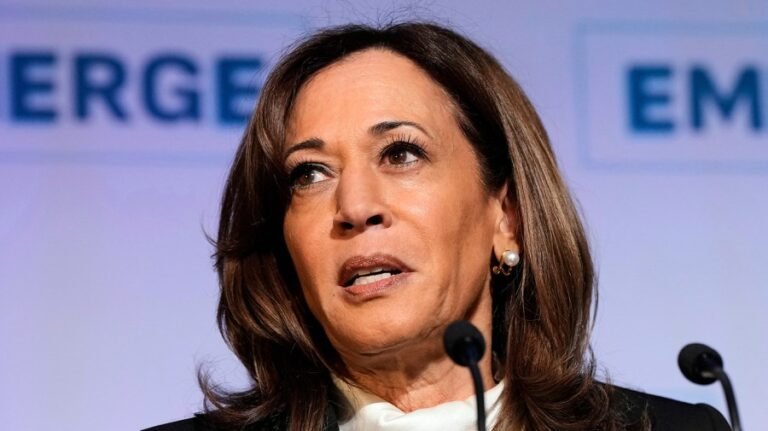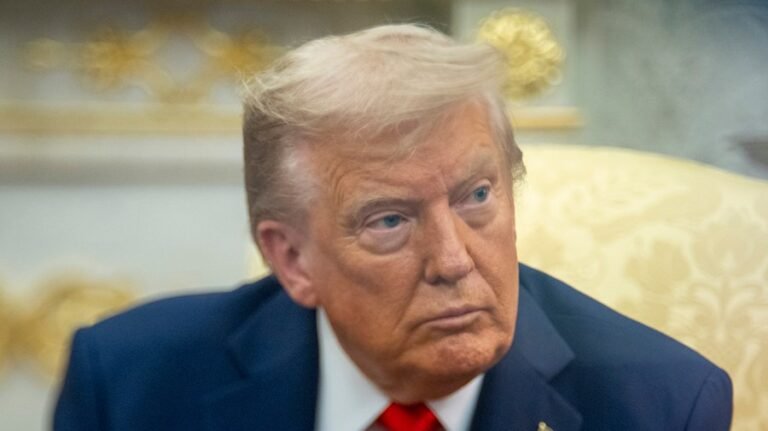
China’s carmakers were responsible for 21 percent of global sales in 2024, according to consulting group AlixPartners. They are projected to account for 30 percent in 2030.
China, already the world’s largest automobile market, “has overtaken Detroit as the center of the global auto industry,” writes the New York Times. The country’s manufacturers are not stopping there, however.
“China now has an incredible — and I would argue unprecedented — capacity to supply over half the global market for cars, which is typically around 90 million cars a year,” according to Brad Sester of the Council on Foreign Relations.
The scholar asks whether China will take over the global auto industry. The answer: Probably not.
China’s automobile sector is certainly big. There are, after all, about 150 passenger car manufacturers in China — 97 domestic manufacturers and 43 joint ventures with foreigners. New companies are still entering the crowded market.
Some of those car companies are doing well. In an industry where 70 percent factory utilization is the general dividing line between profitability and failure, Tesla in China had the highest rate at 96 percent.
The company in its Shanghai “gigafactory” makes the Model 3 and Model Y sport-utility vehicles for both domestic and foreign sales. Shenzhen-based BYD, the world’s largest new-energy vehicle maker, enjoyed utilization rates of 80 to 85 percent in the 2022 to 2024 timeframe.
Many of the companies in China will not survive, however. Only about 15 percent of 70 Chinese carmakers tracked by Gasgoo Automotive Research Institute had a factory utilization rate last year of at least 70 percent.
The next trend in China, therefore, is easy to predict.
“The consolidation has not yet truly begun,” Stephen Dyer of AlixPartners in Shanghai told Bloomberg. “In the end, it will slowly consolidate because car making is a truly cash-burning business. We expect to see maybe a dozen survivors.”
Price wars started in early 2023 and have taken their toll. The discounting is the inevitable result of too much supply. Too much supply is the inevitable result of China’s economic model, which depresses consumption and prioritizes industrial production.
As a result of this model, China’s internal market — around 25 million car sales per year — is not growing robustly.
In the last several weeks, the Chinese central government, alarmed by deep discounting, has stepped in to stabilize prices. Government action is only a temporary fix, however. China’s planners see exports as the longer-term solution.
“China currently has the capacity to produce over two times its own domestic demand and is adding to that capacity quickly thanks to the rapid expansion of its electric vehicle sector,” Sester wrote. “It thus has almost unlimited potential capacity to export.”
And China is exporting, grabbing market share and decimating foreign car companies around the world.
In a rules-based trading system — China acceded to the World Trade Organization in December 2001 — Chinese manufacturers have been able to penetrate open markets. At the same time, Beijing has gamed rules and taken advantage of lax enforcement by others of their rights. As a result, China has largely been allowed to continue policies blocking access to its market.
“A U.S. system built around the ideal of openness and interdependence is facing off against a Chinese counterpart constructed as a fortress of control,” write Tom Orlik, Eric Zhu and Jennifer Welch of Bloomberg.
“In a first-best world of free trade and market competition, the dynamism of the U.S. approach should win every time,” they point out.
But we do not live in that world. The writers dubbed our situation as “the second-best world of protectionism and economic statecraft.” They said this “theory of the second best” posits that “if one of the conditions for perfect markets is missing, sticking with the others — rather than finding a second-best accommodation — only makes things worse.”
“China’s state planners have spent decades developing tools for a second-best world,” they continue. These planners have, with numerous stratagems, successfully exploited that system. In practical terms, China is now forcing the rest of the world to accept a second-best system.
As countries choose the second best — most notably the U.S. with President Trump’s ongoing tariff campaign — China’s industries will suffer, especially as others follow his protectionist lead.
That’s not good news for a Chinese car sector that has now become extraordinarily dependent on exports.
In 2024, BYD, which stands for “Build Your Dreams,” passed Tesla to become the world’s biggest-selling electric vehicle brand. Many believe the race between the two companies is just about over.
It’s not. In a world where China is shut off from the most developed markets, China’s car industry and BYD, its leader, may be the ones without a future.
Gordon G. Chang is the author of “Plan Red: China’s Project to Destroy America” and “The Coming Collapse of China.” Follow him on X @GordonGChang.

